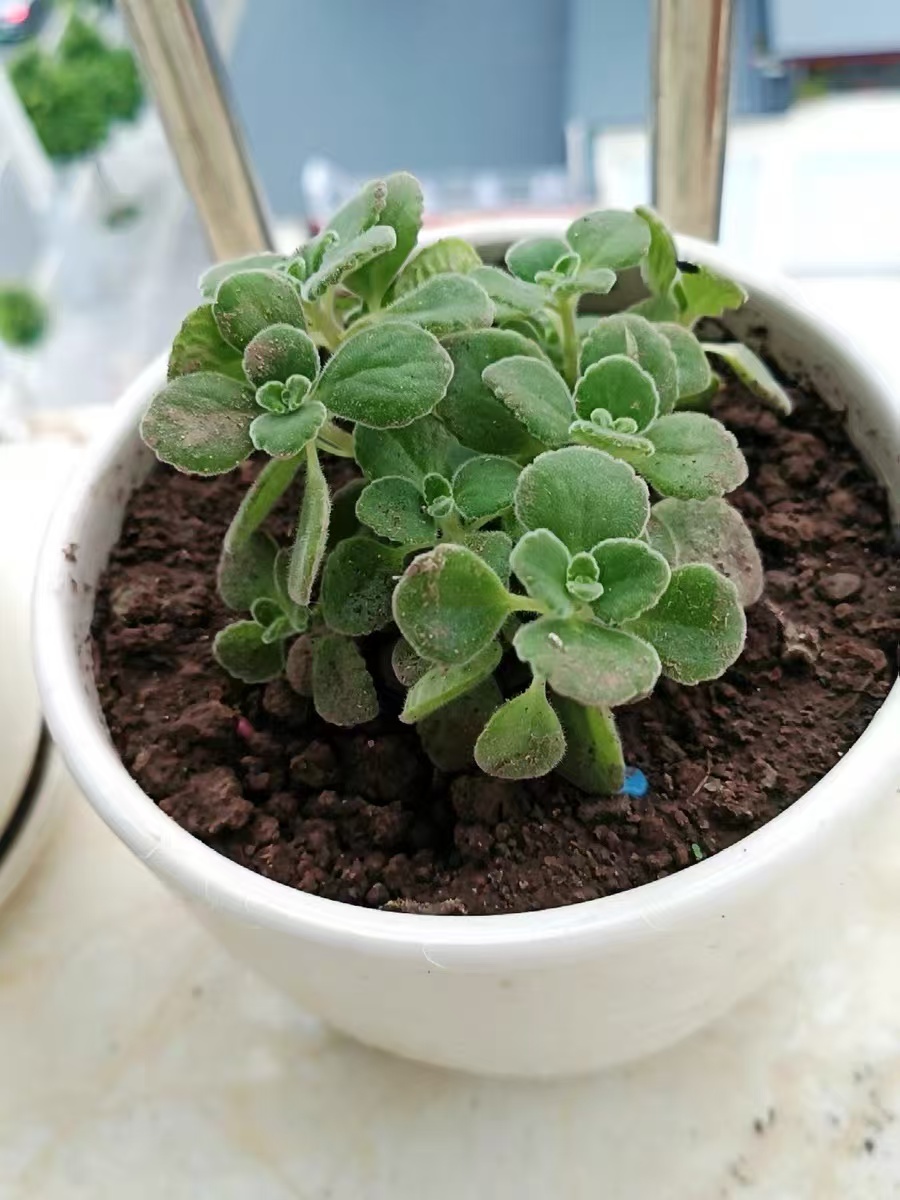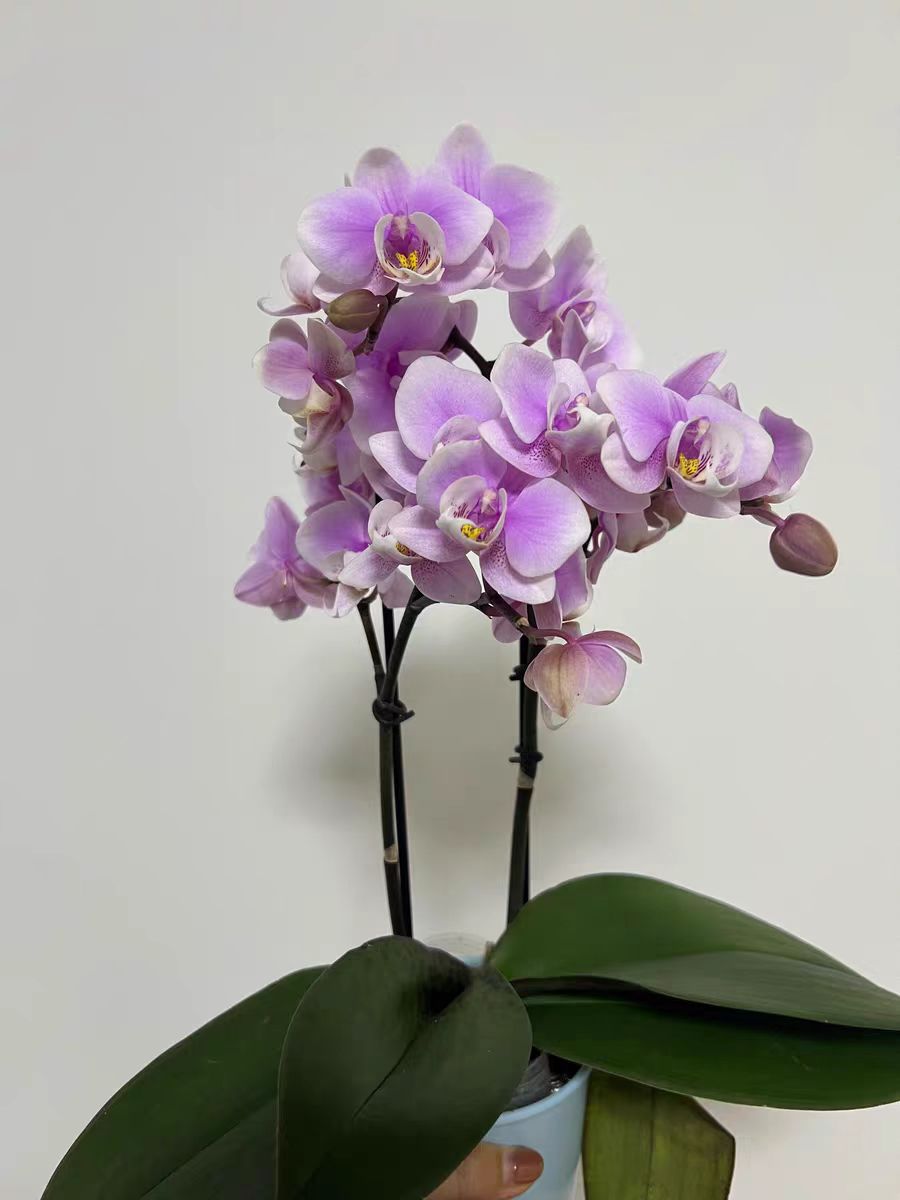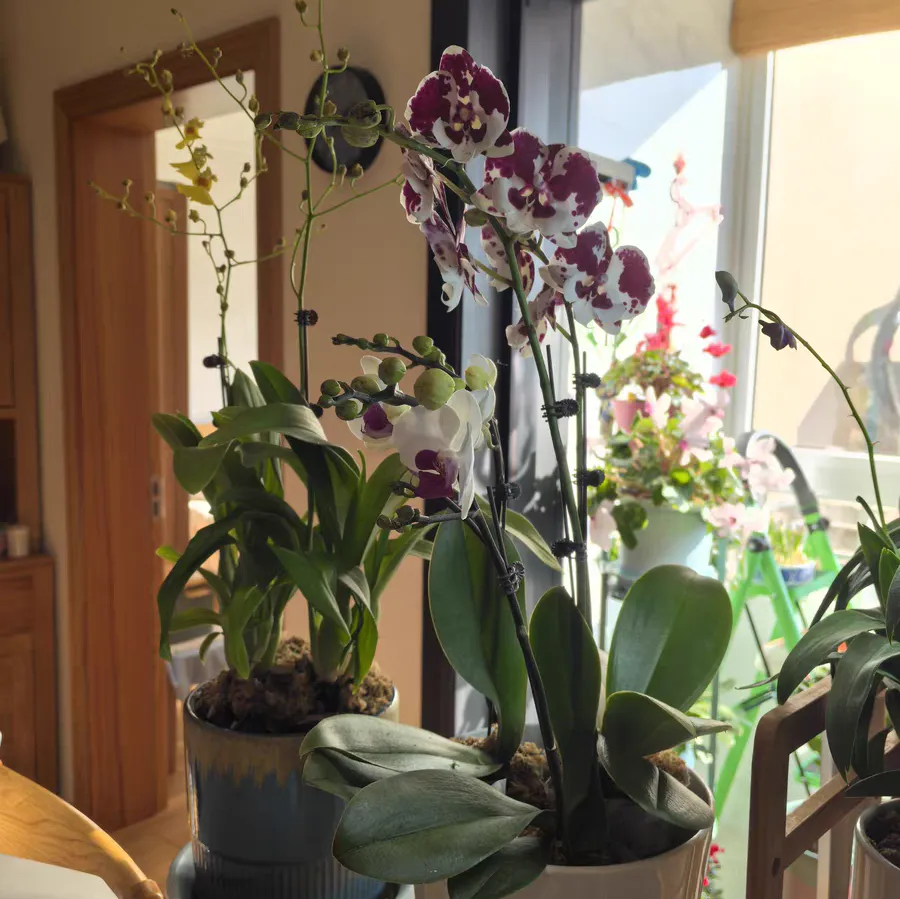The Plectranthus hadiensis var. tomentosus, as a unique foliage plant, is favored by plant enthusiasts because it emits an apple-like fragrance when touched. However, many people still have doubts about whether it is poisonous and whether it is suitable for indoor cultivation. First of all, the Plectranthus hadiensis var. tomentosus is not toxic. Although its leaf surfaces are covered with fine hairs, these fine hairs do not have a toxic effect on the human body. Therefore, from the perspective of toxicity, the Plectranthus hadiensis var. tomentosus is safe and suitable for being cultivated as an indoor ornamental plant. However, it should be noted that the fragrance of the Plectranthus hadiensis var. tomentosus is rather strong. For some sensitive people, long-term contact with or inhalation of its fragrance may cause skin allergies or respiratory discomfort. Therefore, during the cultivation process, it is recommended to keep the room well-ventilated and avoid long-term close contact with the Plectranthus hadiensis var. tomentosus.
Is the Plectranthus hadiensis var. tomentosus suitable for indoor cultivation? The answer is yes. As a foliage plant, the Plectranthus hadiensis var. tomentosus not only has high ornamental value but also has the functions of purifying the air, repelling mosquitoes and insects. Its growth habits are also suitable for the indoor environment: it likes warm, humid and semi-shady environments. The light conditions indoors are relatively stable and the temperature is suitable, which is beneficial to its growth. In addition, the Plectranthus hadiensis var. tomentosus can emit a fresh fragrance, which helps to refresh the mind and improve the indoor air quality. Therefore, it is a good choice to cultivate the Plectranthus hadiensis var. tomentosus indoors.
Cultivation Methods of Plectranthus hadiensis var. tomentosus
The Plectranthus hadiensis var. tomentosus likes loose, breathable and well-drained soil. When preparing the soil, garden soil, leaf mold and river sand can be mixed in a ratio of 1:1:1, and an appropriate amount of decomposed organic fertilizer can be added to improve the soil fertility. Such soil preparation is beneficial to the growth and development of the roots of the Plectranthus hadiensis var. tomentosus.
The Plectranthus hadiensis var. tomentosus likes sunny environments but is not resistant to strong sunlight exposure. It can receive full sunlight in spring and autumn; in summer, it needs to be shaded appropriately to avoid leaf burns caused by direct strong sunlight; in winter, it should be given sufficient sunlight as much as possible to improve the disease resistance and ornamental value of the plant.
The suitable growth temperature of the Plectranthus hadiensis var. tomentosus is 18 - 28 °C. When the temperature is low in winter, the indoor temperature should be kept above 5 °C to avoid frostbite. At the same time, avoid placing the Plectranthus hadiensis var. tomentosus near the heating vents or air conditioner vents to avoid excessive temperature differences affecting its growth.
The Plectranthus hadiensis var. tomentosus is not resistant to waterlogging. Watering should follow the principle of "watering when the soil surface is dry". That is, observe the condition of the potting soil, and water when the surface of the potting soil is dry and keep the soil moist. The watering frequency can be appropriately increased when the temperature is high in summer; in winter, when the temperature is low, the watering frequency should be reduced to avoid water accumulation in the pot causing root rot.
The Plectranthus hadiensis var. tomentosus likes fertilizers but not strong fertilizers. A decomposed liquid fertilizer can be applied once a month during the growth period to promote the growth of the plant to be strong; in winter, fertilization should be stopped to avoid fertilizer damage. When fertilizing, attention should be paid not to splash the fertilizer onto the leaves to avoid burning the leaves.
Precautions
Although the Plectranthus hadiensis var. tomentosus is not toxic, its strong fragrance may cause discomfort to sensitive people, so long-term contact should be avoided.
When cultivating indoors, good ventilation should be maintained to avoid excessive humidity causing the breeding of pests and diseases.
The Plectranthus hadiensis var. tomentosus grows rapidly, and timely pruning is beneficial to maintaining a good plant shape and promoting the growth of lateral branches.
In high-temperature and high-humidity environments, the Plectranthus hadiensis var. tomentosus is easily attacked by pests and diseases such as leaf spot diseases and aphids. They should be detected in time and measures should be taken for prevention and treatment.
Through the above introduction, we can understand that the Plectranthus hadiensis var. tomentosus is not only non-toxic but also suitable for indoor cultivation. Through reasonable cultivation methods and precautions, we can make the Plectranthus hadiensis var. tomentosus thrive indoors and bring us fresh air and a pleasant mood.
Is the Plectranthus hadiensis var. tomentosus poisonous? Is it suitable for indoor cultivation?

Share with
Tagged in :




Leave a Reply